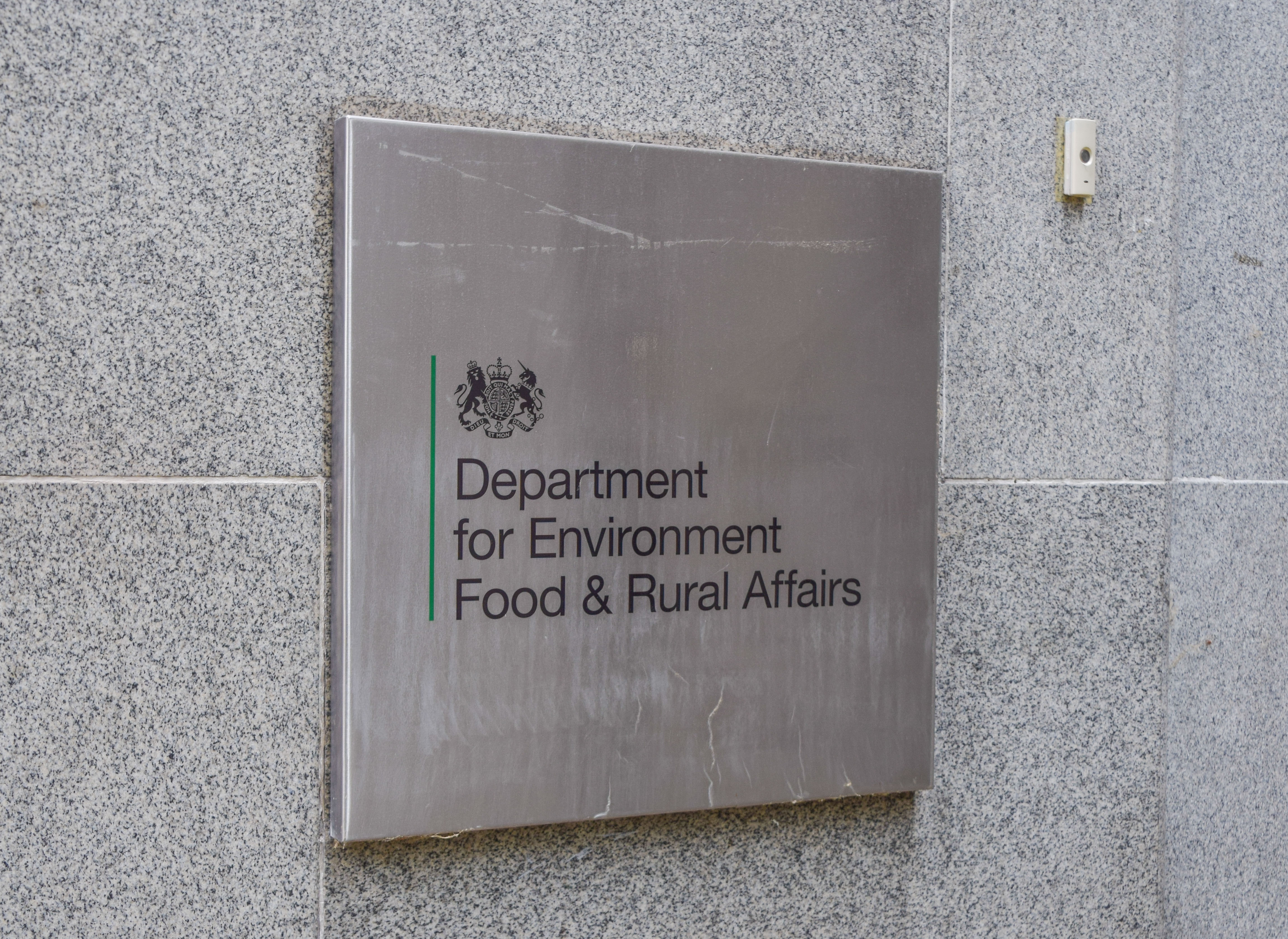How Kantar revamped its IT infrastructure after being sold off
Being acquired by a private equity firm meant Kantar couldn’t rely on its parent company’s infrastructure, and was forced to confront its technical shortcomings


Kantar has always relied on legacy infrastructure that limited its ability to innovate and deliver excellent service.
READ MORE

By launching a transformation program with Kyndryl, though, the 31-year-old marketing data and analytics provider, aimed to modernize capabilities to support its vision.
For decades, Kantar operated as part of the global advertising and PR giant WPP. This meant the company relied extensively on WPP’s shared infrastructure and IT systems. However, in 2019/20 Kantar was acquired by a private equity firm and spun off as an independent company.
“Kantar used to be part of the WPP Group, and we came out of WPP back in late 2019, early 2020 as part of a private equity deal,” explains Dave Stevens, CIO for Technology Services at Kantar. “So, we had a trigger from that perspective that we needed to stand on our own two feet, and stand up all of our own technology to separate from WPP.”
Standing on your own two feet
This dramatic shift meant Kantar suddenly needed to overhaul its technology strategy and infrastructure. No longer able to leverage WPP’s resources, the company didn’t have long to build autonomous systems and operations to support its global business across more than 90 markets. For Kantar, the spin-off served as a catalyst to finally modernize legacy IT systems that were limiting agility and performance.
"We had to really provide independent technology for Kantar colleagues and also to support all of our client technology to separate us from WPP,” says Stevens. “We created a program of work that touched five key areas within my space.”

Stevens is a technology and operations leader with significant experience delivering transformative business solutions including critical national infrastructure (CNI). He joined the businesses in 2020, after two years as group head of infrastructure services at the London Stock Exchange Group (LSEG).
In essence, the private equity deal forced Kantar to confront shortcomings in its technology capabilities. This prompted the firm to launch an ambitious transformation project designed to give it the modern foundation required so it could stand a chance of achieving its aims of becoming an industry leader.
Get the ITPro daily newsletter
Sign up today and you will receive a free copy of our Future Focus 2025 report - the leading guidance on AI, cybersecurity and other IT challenges as per 700+ senior executives
Kantar defined key goals for the project around quality, security, and performance. "We wanted to ensure that we delivered the best possible service that we could to our colleagues globally," Stevens said. After strategic planning, Kantar focused on upgrading core domains like hosting, networks, end-user technology, security, and data.
Rolling out new infrastructure and capabilities
To roll out new infrastructure, Kantar coordinated a systematic multi-year program focused on methodically transforming systems and operations across the company’s sprawling global footprint. Kantar turned to IT infrastructure services provider Kyndryl to modernize the digital workplace environment.
With more than 90 markets and 26,000 employees worldwide, executing this plan was complex. The technology overhaul touched hundreds of offices and required standardizing platforms while accounting for regional differences.
Despite this complexity, Kantar judiciously executed the technology rollout without major disruptions. A key milestone came in migrating all staff to new digital workplace systems and collaboration tools.
"We managed to migrate 26,000 colleagues from an existing platform to our new foundations without any business interruption at all. It was genuinely seamless,” remarks Stevens.
The migration was a major accomplishment considering employees across continents and time zones had to adapt to new ways of working. Beyond enabling a modern workplace, Kantar rolled out shared infrastructure for core capabilities like security, networks, data management, and application services.
In most cases, new systems were implemented sequentially by geography. Kantar’s program management office helped coordinate equipment delivery and installation across sites. Extensive testing also ensured new interfaces and apps were integrated smoothly.
Thanks to extensive planning and phased rollouts, the complex infrastructure transition was completed on time and budget without significant hurdles. This positioned Kantar to realize the full benefits of its technology investments.
Using data to measure success
The overhaul delivered measurable gains across critical performance indicators. Kantar leveraged data-driven metrics to realize improvements in quality, reliability, and agility.
One area of notable enhancement was the service desk, with satisfaction rates among users rising significantly under the new system. “The quality of the service we deliver has improved things like satisfaction on the service desk,” says Stevens. “So now, if people get in contact with us in technology, more than 80% of the time they're really excited about the service that they received, and that's a dramatic improvement on where we were previously.”
READ MORE IN OUR SERIES
Stevens notes his team can now stand up services "much quicker than we could previously" thanks to increased automation and cloud migration. "The data really speaks to that question," he says. "And if we look at the metrics that we measure ourselves by we've improved almost everywhere."
By leveraging measurements and analytics, Kantar had objective evidence its technology transformation was having the desired impact. Better performance and quality were translating into tangible gains in operations, service delivery, and employee experience.
For Stevens, the most important lesson from the project was the significance of change management and communication. While deploying technology was crucial, getting people to embrace new processes was more challenging.
With thousands of employees across continents, helping staff transition to modern systems required extensive planning. Kantar knew it couldn’t underestimate the human side of digital transformation.
Rene Millman is a freelance writer and broadcaster who covers cybersecurity, AI, IoT, and the cloud. He also works as a contributing analyst at GigaOm and has previously worked as an analyst for Gartner covering the infrastructure market. He has made numerous television appearances to give his views and expertise on technology trends and companies that affect and shape our lives. You can follow Rene Millman on Twitter.
-
 Bigger salaries, more burnout: Is the CISO role in crisis?
Bigger salaries, more burnout: Is the CISO role in crisis?In-depth CISOs are more stressed than ever before – but why is this and what can be done?
By Kate O'Flaherty Published
-
 Cheap cyber crime kits can be bought on the dark web for less than $25
Cheap cyber crime kits can be bought on the dark web for less than $25News Research from NordVPN shows phishing kits are now widely available on the dark web and via messaging apps like Telegram, and are often selling for less than $25.
By Emma Woollacott Published
-
 Better together
Better togetherWhitepaper Achieve more with Windows 11 and Surface
By ITPro Published
-
 Transforming the enterprise
Transforming the enterpriseWhitepaper With Intel and CDW
By ITPro Published
-
 The top trends in money remittance
The top trends in money remittanceWhitepaper Tackling the key issues shaping the money remittance industry
By ITPro Published
-
 Deutsche Bank wraps up Postbank IT integration after bug-laden migrations
Deutsche Bank wraps up Postbank IT integration after bug-laden migrationsNews The IT merger is expected to generate annual savings of €300 million by 2025
By Daniel Todd Published
-
 Analyzing the economic benefits of Dell Technologies with VMware Tanzu & Intel
Analyzing the economic benefits of Dell Technologies with VMware Tanzu & IntelWhitepaper ESG economic validation
By ITPro Published
-
 Defra needs £726 million to modernize pervasive legacy IT issues
Defra needs £726 million to modernize pervasive legacy IT issuesNews A significant portion of IT systems are reportedly still in extended support or are fully unsupported
By Ross Kelly Published
-
 Former TSB CIO fined £81,000 for botched IT migration
Former TSB CIO fined £81,000 for botched IT migrationNews It’s the first penalty imposed on an individual involved in the infamous migration project
By Ross Kelly Published
-
 How the metaverse is powering next-gen digital twins
How the metaverse is powering next-gen digital twinsIn-depth The metaverse will find a home in industrial settings by vastly expanding the benefits of simulation
By Fleur Doidge Published